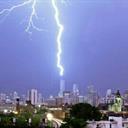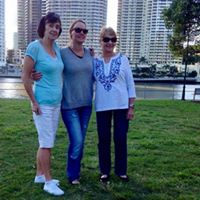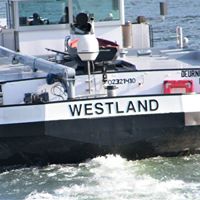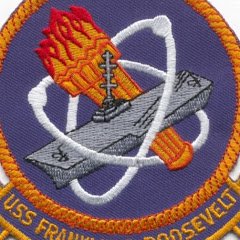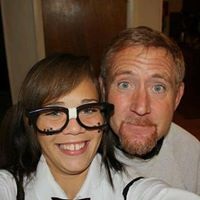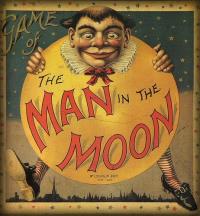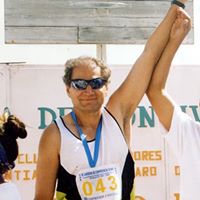Which people founded Los Angeles?
The written history of Los Angeles city and county began with a Spanish colony town that was populated by 11 descendants of Spanish families known as "Los Pobladores". They established a settlement in Southern California that changed little in the three decades after 1848, when California became part of the United States. Much greater changes came from the completion of the Santa Fe railroad line from Chicago to Los Angeles in 1885. “Overlanders” flooded in, namely white Protestants from the Lower Midwest and South.
Los Angeles had a strong economic base in farming, oil, tourism, real estate and movies. It grew rapidly with many suburban areas inside and outside the city limits. Hollywood made the city world-famous, and World War II brought new industry, especially high-tech aircraft construction. Politically the city was moderately conservative, with a weak labor union sector.
Since the 1960s, growth has slowed—and traffic delays have become famous. Los Angeles was a pioneer in freeway development as the public transit system deteriorated. New arrivals, especially from Mexico and Asia, have transformed the demographic base since the 1960s. Old industries have declined, including farming, oil, military and aircraft, but tourism, entertainment and high tech remain strong.
More Info:
en.wikipedia.org
